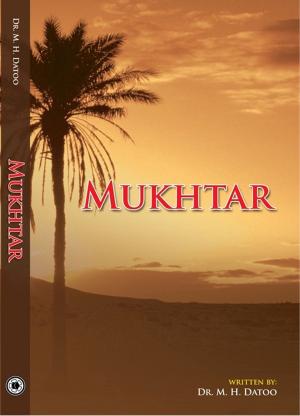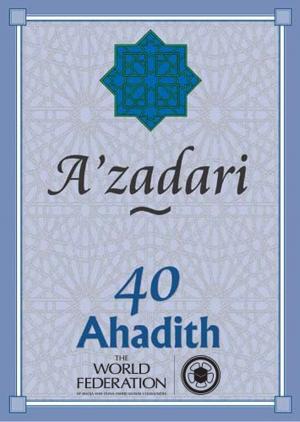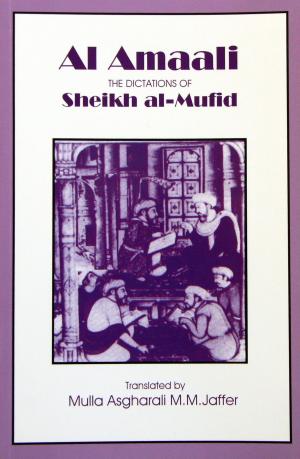Bookend Revolutions in Islamic History
Nonfiction, Religion & Spirituality, Middle East Religions, Islam| Author: | Bashir Ahmed Datoo Ph.D | ISBN: | 9781909285514 |
| Publisher: | The World Federation of KSIMC | Publication: | April 5, 2015 |
| Imprint: | Smashwords Edition | Language: | English |
| Author: | Bashir Ahmed Datoo Ph.D |
| ISBN: | 9781909285514 |
| Publisher: | The World Federation of KSIMC |
| Publication: | April 5, 2015 |
| Imprint: | Smashwords Edition |
| Language: | English |
This study begins with the foundational revolution that occurred at the beginning of the Islamic history and ends with the renewed revolution that is yet to occur at the end of time. These two revolutions, as it were, form the “bookends” of the Islamic history. In-between the two revolutions, the study examines all related events that happened or are yet to happen as well as describes the role of key players who shaped or influenced those events.
This is, therefore, a study of history but it is history with a huge difference. It is not a standard historical treatment whereby all important events are described in a chronological sequence within the timeframe selected for the study. Rather, it adopts a conceptual framework consisting of a network of linked concepts that provides a context for the interpretation of historical events.
The particular framework developed for the study still allows, for the most part, for the chronology of events to be maintained. However, the framework determines the specific events that are described, events that are directly linked to the framework. Thus, a few of the themes that may appear in a chronological treatment are excluded, while a number of other themes that are not covered in that approach are incorporated. The end-product is a study that emphasizes relationships among the themes and so ensures that it holds together as a cohesive narrative.
The conceptual framework for the study is shown in a schematic diagram on the cover of the book and in the introductory chapter where it is fully described. The concepts that underpin the framework are elaborated upon further at the beginning of each chapter of the book.
An additional distinctive feature of the study is that an attempt is made to highlight the major achievements of the most important personalities who influenced parts of that history. These assessments serve to round up the chapters in which a particular personality looms large.
This study begins with the foundational revolution that occurred at the beginning of the Islamic history and ends with the renewed revolution that is yet to occur at the end of time. These two revolutions, as it were, form the “bookends” of the Islamic history. In-between the two revolutions, the study examines all related events that happened or are yet to happen as well as describes the role of key players who shaped or influenced those events.
This is, therefore, a study of history but it is history with a huge difference. It is not a standard historical treatment whereby all important events are described in a chronological sequence within the timeframe selected for the study. Rather, it adopts a conceptual framework consisting of a network of linked concepts that provides a context for the interpretation of historical events.
The particular framework developed for the study still allows, for the most part, for the chronology of events to be maintained. However, the framework determines the specific events that are described, events that are directly linked to the framework. Thus, a few of the themes that may appear in a chronological treatment are excluded, while a number of other themes that are not covered in that approach are incorporated. The end-product is a study that emphasizes relationships among the themes and so ensures that it holds together as a cohesive narrative.
The conceptual framework for the study is shown in a schematic diagram on the cover of the book and in the introductory chapter where it is fully described. The concepts that underpin the framework are elaborated upon further at the beginning of each chapter of the book.
An additional distinctive feature of the study is that an attempt is made to highlight the major achievements of the most important personalities who influenced parts of that history. These assessments serve to round up the chapters in which a particular personality looms large.















